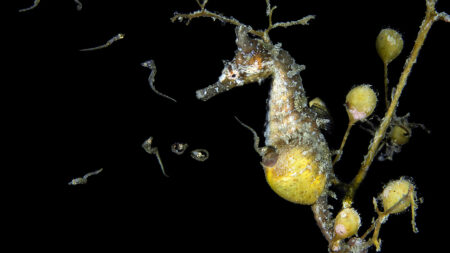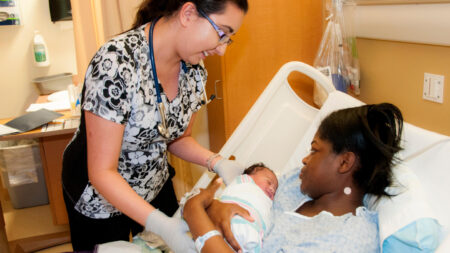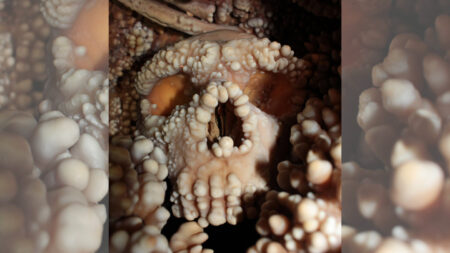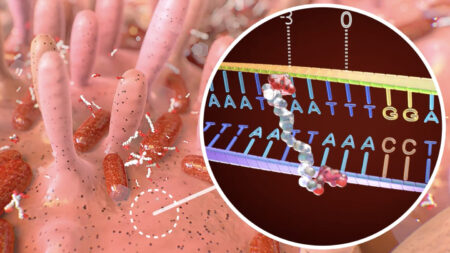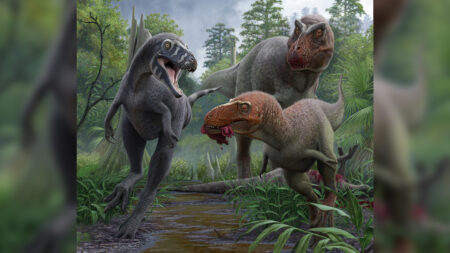Taste and smell are so intimately connected that a whiff of well-loved foods evokes their taste without any conscious effort.
Now, brain scans and machine learning have for the first time pinpointed the region responsible for this sensory overlap in humans, a region called the insula, researchers report September 12 in Nature Communications.
The findings could explain why people crave certain foods or are turned away from them, says Ivan de Araujo, a neuroscientist at Max Planck Institute for Biological Cybernetics in T├╝bingen, Germany.
Smell and taste become associated from the moment we bite into something, says Putu Agus Khorisantono, a neuroscientist at Karolinska Institutet in Stockholm. Some food chemicals activate sweet, salty, sour, bitter or umami taste receptors on the tongue. Others travel through the roof of the mouth, activating odor receptors in the back of the nose. These ŌĆ£retronasal odorsŌĆØ are what distinguish mangoes from peaches, for example. Both taste mostly sour, Khorisantono says, ŌĆ£but itŌĆÖs really the aroma that differentiates them.ŌĆØ
The brain combines these signals to create our sense of flavor, but scientists have struggled to identify where this happens in the brain.
In the new study, Khorisantono and colleagues gave 25 people drops of beverages designed to activate only their taste or retronasal receptors, while scanning brain activity over multiple sessions. Previously, the participants had learned to associate the combination of smells and tastes with particular flavors.
The team then narrowed down candidate brain regions by isolating different parts of the brain from those scans and using each of them to train machine learning algorithms. First, the algorithms learned to tell the difference between brain responses to sweet or savory tastes. Then Khorisantono tested the algorithmsŌĆÖ ability to guess what participants had smelled based on the brain images.
One of the best-performing algorithms was trained on images from a brain region called the insula, which was previously thought to respond only to the taste components of flavor, Khorisantono says. This meant that when experiencing either the retronasal aroma or the taste associated with the same flavor, the insula looked similar in the scans and so was likely interpreting the smell and taste signals similarly. Other regions appear to receive flavor signals from the insula, but the insula is the earliest stage in flavor processing, Khorisantono says.
The insula monitors internal organs like the stomach and intestines and subliminally influences our eating habits and how we feel about our bodies. But it is particularly hard to study, because of its location deep in the brain. Rodent studies have revealed that the insula processes smells, with some cells selectively responding to combinations of smells and tastes, hinting at a role in flavor processing.┬Ā
It hasnŌĆÖt been possible to dig into its functions in humans because sophisticated computational and statistical techniques used in this study werenŌĆÖt available in the past, de Araujo says.
┬ĀKhorisantono tested only retronasal smells, but the smells that trigger food cravings when we pass a cheese aisle or a restaurant activate receptors in the front of our noses. He is now testing whether these smells also activate the insula.
Read the full article here






